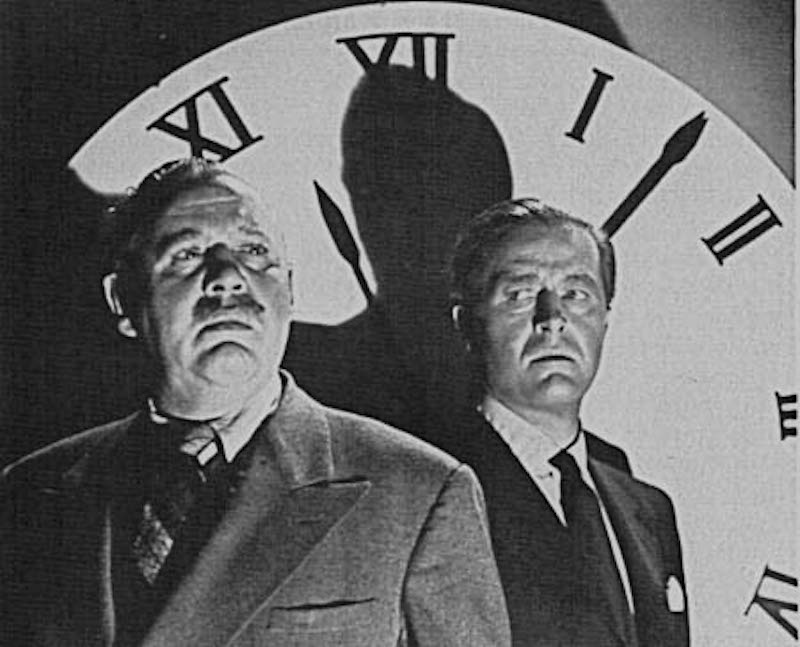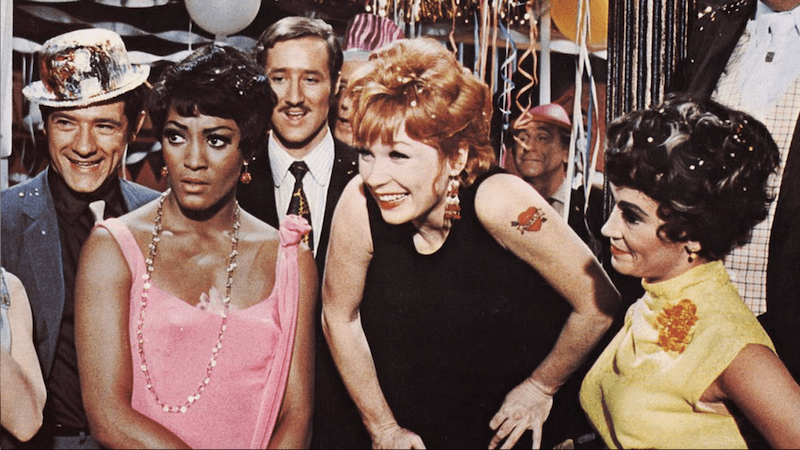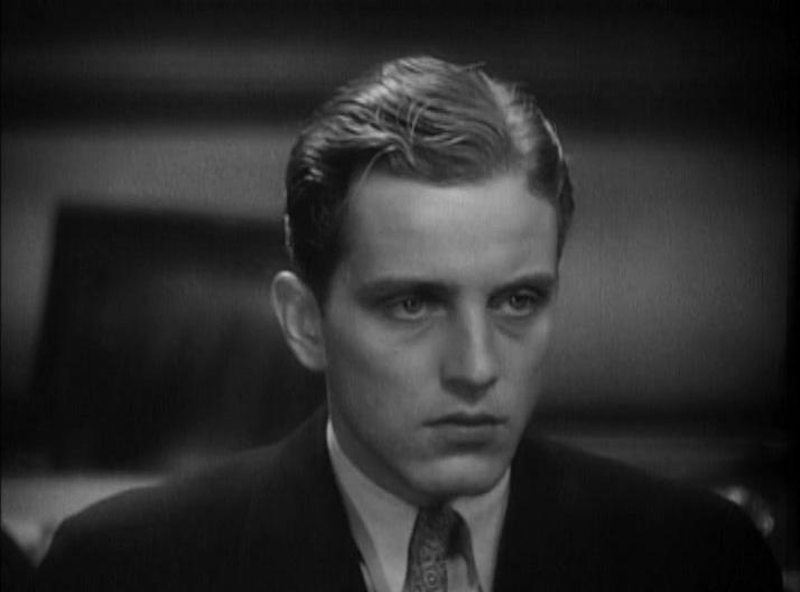"Regardless of whether you saw it then as scandalous that such perversions were being exhibited in public theaters or whether you see it now as being stereotypical, offensive and overly focused on white, male, straight...
Category - New York
Movie Night: The Ritz
"Regardless of whether you saw it then as scandalous that such perversions were being exhibited in public theaters or whether you see it now as being stereotypical, offensive and overly focused on white, male, straight...

















